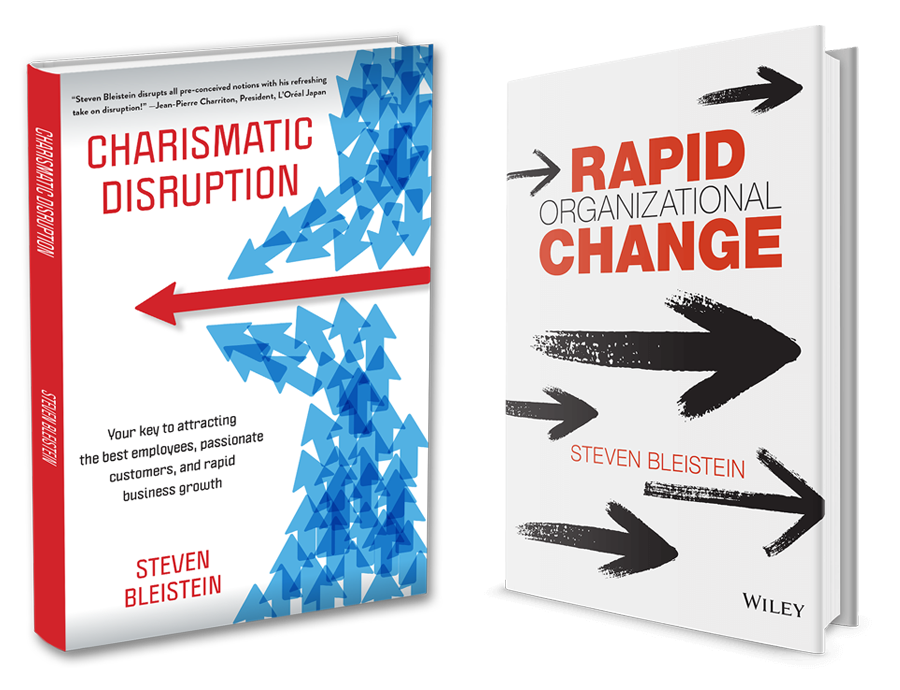離職率を上げること

Many companies are struggling to find the qualified people they need, so they resort to retaining the people they have whether qualified or not. They fight to eliminate or at least reduce rates of attrition when it is increased attrition that can do the business the most good. Retention of the best is all that matters. Recently, the head of a large business unit of a major international company here in Japan told me that the company’s rate of attrition is of no particular concern to him, even though it is higher than industry average.
あなたの最大の敵は

Businesses can be their own worst enemies when business process supplants business thinking. The CEO of a large industrial American company in Japan told me of difficulties he faces in buying from a division of a large Japanese industrial company, not because of a lack of will to sell on their part, but rather unnecessary and burdensome bureaucratic processes that were designed to meet Japanese government procurement requirements, the division’s primary customer. Quality control processes at the Japanese seller company were impractical and far beyond what the American company required, while lead-times and costs were excessive. Adherence to process, no matter how inappropriate, dominated thinking.
[:en]Incentive Pay Doesn’t Work[:ja]インセンティブに効果はない[:]

[:en]If I offered you more money for results, would you change anything that you are doing now? I have asked this very question to numerous successful CEOs, and invariably the answer is no. I suspect yours is as well.
[:en]Strategy? Forget All You Know![:ja]戦略についての従来の常識を忘れること[:]

[:en] Below are seven pieces of advice I give to business leaders based on the most successful strategy practices I know. Whenever I discuss these in an open forum, there is always pushback from at least a few people, particularly in Japan. Some people are even offended! That’s OK. If I am doing my job correctly, at least some people should be made to feel uncomfortable.
説得力のある戦略とは

[:en]All senior level executives and managers are asked to develop and present a strategy, whether global strategy, regional strategy, or simply strategy for a team or department they oversee. Many managers create long slide presentations with lots of data to justify why their strategy is right. However, the most persuasive managers talk about all the reasons their strategy might be wrong.
変革を牽引する3つの柱

[:en]If you want traction for change among individuals in your organization, it is only when there are clear standards of performance or behavior, accountability to meet them, and support to help people succeed that a change can take hold. In my experience, a deficit in any one of these three will alter the way any change is treated and viewed, and will lose traction as a result.
[:en]Be Unreasonable[:ja]理不尽であれ[:]

[:en]Strategy is about creating the future, not predicting it. You develop strategy by starting with a bold vision of the business in the future and working backwards, not by an understanding of the present business and working forward. The latter merely entices you to compromise your vision. It is only the former that can take you where you want to go.
自分の決める戦略

The best military strategists always choose the terrain on which they will do battle, rather than allowing the enemy to choose for them. So, in business, why would you possibly allow others to define the topography of your business environment instead of choosing the topography yourself? Yet, that is often precisely what business people do.
[:en]No Pain Points, No Problems[:ja]問題を抱えない顧客へのアプローチ[:]

[:en]What if your prospects and clients have no pain points and no problems? Presumption of damage is never a good way to start a relationship with anyone, whether in business or otherwise. Not long ago, I was working with a sales team to help improve their capability to ask questions when meeting with prospects. Without fail, during role plays when I played the customer, each one asked me variations of “Do you have any particular problems?” When I responded, “No, we don’t have any particular problems,” each salesperson was flustered and did not know how to respond. Each one, after a few awkward exchanges, simply withdrew and promised to call again […]
[:en]Three things I have learned[:ja]私が学んだ3つの事[:]
[:en]Today, I’d like to share the three things I have learned. Watch this video and learn what they are. [:ja]コロナウィルスの現状の中、私が学んだ3つの事をシェアしたいと思います。 [:]

